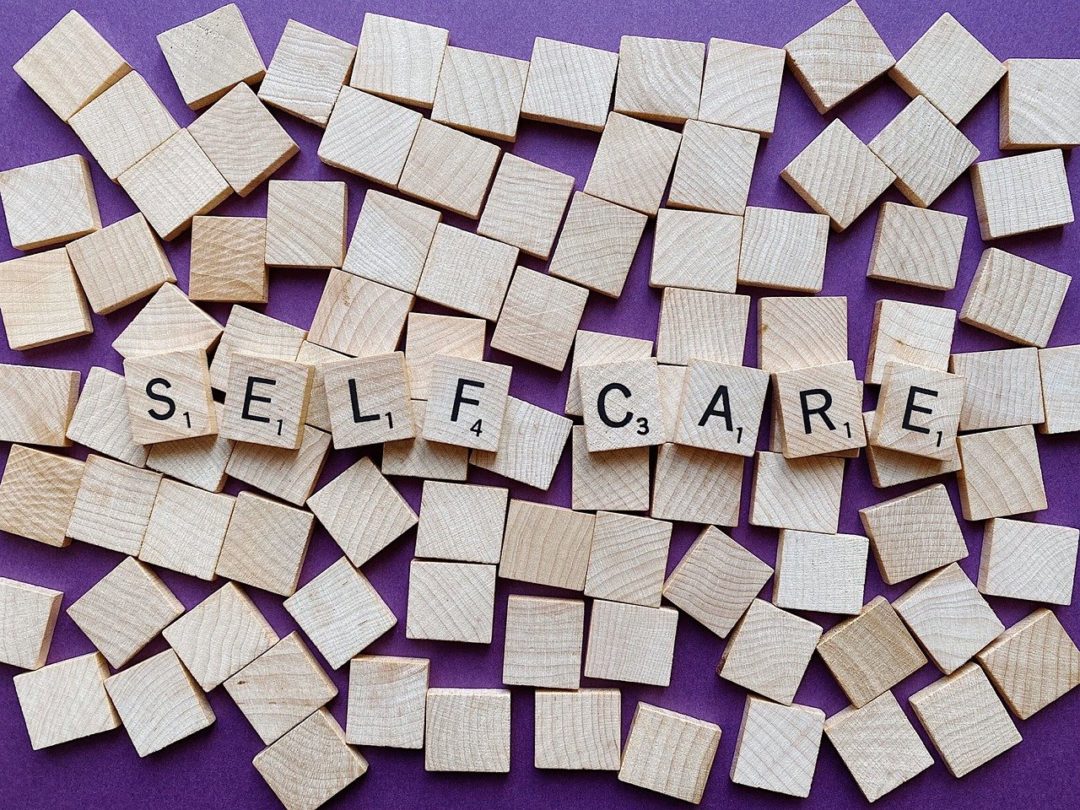Dealing with the recent big changes in my life has been stressful, to say the least. Like most people, I’m not the best version of myself when I’m stressed out. I have the habit of shifting into what I call robot mode when things get really bad. Then I’m not dealing with silly things like emotions; robots don’t deal with that nonsense. Robots just get things done.
The problem, of course, is that negative feelings don’t disappear when we ignore them; they just weigh us down until we deal with them. That’s the difference between being a person and being a machine. Our focus on getting things done convinces us we’ve done the work, but it turns out the real work hasn’t even begun.
That’s why I’ve started giving some thought to what kind of self-care needs to be part of my regular routine, to avoid those stressed-out moments that lead me to shut down my feelings. But it hasn’t been easy to convince myself that this is necessary.
For one thing, I’m not a big fan of the term self-care. As far as I can tell, it seems to be the buzzword for selling face masks and bath bombs.
And honestly, when I read articles about the need for caregivers to practice self-care, I feel a little ridiculous. Mike is still perfectly capable of taking care of himself in many ways. He can do all the things health care providers refer to as “activities of daily living,” like taking a shower and getting dressed. He can still drive a car, run errands with a list, make phone calls and schedule appointments (as long as he has advance time to think about what he needs to say.)
But there are lots of things he used to do as part of our family team that he simply can’t do anymore, and there are new ways in which he needs my help. I don’t want to be too specific about any of those things, out of respect for his privacy. What’s mine to relate is the partner journey–and that has required thinking about self-care in a completely different way.
These are the things I’m focused on right now.
Identifying roadblocks
I’ve already mentioned one: the idea of seeing myself as a caregiver to someone who is, in many ways, still the person he has always been. But because Parkinson’s is a chronic, progressive disease, we know that won’t always be the case. We’ve already dealt with some really big changes. So the sooner I wrap my mind around this new identity, the better for both of us.
Asking for help is another roadblock I’ve been dealing with. It’s extraordinarily difficult for me to admit to myself that I need any kind of assistance–I’m used to being the person in charge. Right now, fortunately, I don’t need a lot of help. But I’ve been working on developing the habit of asking questions, rather than just trying to figure things out on my own. This is just one way of getting myself comfortable with the idea of letting others pitch in. And the truth is, friends are usually looking for ways to be helpful.
Managing stress proactively
When I get stressed out, the first thing to go is exercise. (Surely, I tell myself, that can wait until things calm down a bit.) The next thing to go is healthy eating, which gives way to convenience foods–take-out meals, or processed stuff from the grocery store. I often have trouble getting to sleep, but that becomes more of an issue when I’m stressed. And then, of course, I forget all about things like scheduling my mammogram or annual exam.
The only way to make sure these things don’t fall by the wayside is to manage stress before I start feeling overwhelmed. For me, that means scheduling self-care–which is why my word of the year is Today. Rather than hoping I have time to get to the gym today, I’m scheduling in that time. I’m putting self-care on my to-do list and working out for that check mark.
Another way I’m managing stress is by cutting back on the things that make me anxious–like monitoring the news, or reading about the progression of Parkinson’s Disease. There’s a difference between being informed and borrowing trouble. I’m still learning how to navigate that line.
Setting small self-care goals
Sometimes self-care is as small as giving yourself 10 minutes to do something you really enjoy. For me, that means drawing or crocheting. I’ve set a goal to draw for at least 10 minutes a day this year, and so far I’m sticking with it.
Learn from emotions, rather than ignoring them
This is by far the most difficult step for me to take, because it means resisting the slide into robot mode. Rather than ignoring my feelings, I’m learning to ask questions about them. What, exactly, is making me angry? Or scared? Or sad? I’m pretty good at solving problems, but ignoring the problem in the hope that it will disappear under a thick layer of efficiency is what robot mode is all about.
Sometimes emotions indicate the need for a change. Sometimes, though, they’re just the price of being human. I’m going to remind myself of this the next time I’m tempted to recite the robot mantra: You can have a breakdown later. Right now, you just need to get this done.





No Comments